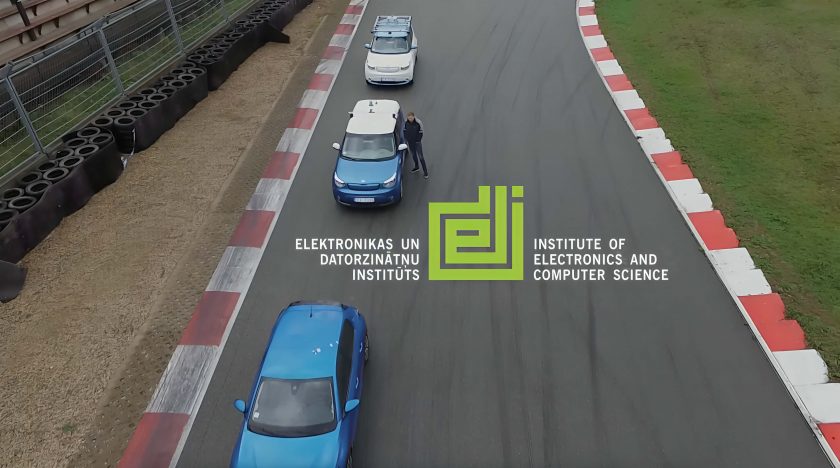
Modern automated driving technologies continue to advance, but one of the biggest challenges remains the limited ability to react to external events beyond the vehicle’s sensor range. To address this issue, researchers at the Institute of Electronics and Computer Science (EDI) have developed an automated vehicle platform capable of wirelessly detecting and responding to external events before they become visible to onboard sensors. This approach is essential for context-aware driving strategies, which improve road safety and enhance vehicle efficiency and adaptability to real-world conditions.
The EDI-developed platform is designed with key principles of connectivity, modularity, and ease of use. It is based on a Kia Soul EV with a modified Open-Source Car Control (OSCC) drive-by-wire module and is integrated with the Robot Operating System (ROS & ROS 2). This ensures high research and development flexibility while facilitating a smooth transition from simulations to real-world testing.
The EDI team has developed a demonstration video showcasing connected platooning and automated lane change using 5G communication. This technology enables vehicles to exchange data in real-time, allowing them to make precise and safe driving decisions.
During the demonstration test, vehicles wirelessly exchanged sensor data, allowing the model-predictive controller to make precise and timely driving decisions. This research marks an important step toward safer and more efficient automated mobility.
Read more about this research in our publication: IEEE Xplore